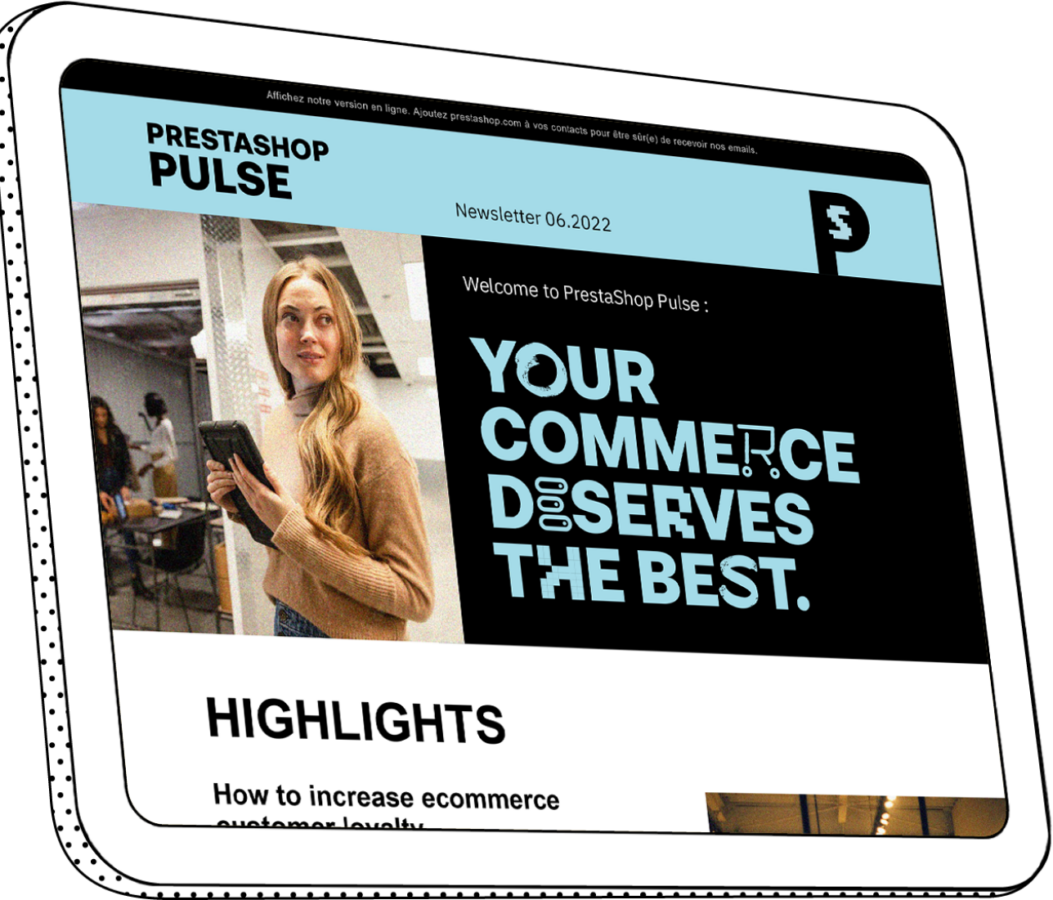Conversion
There are 85 results for your search

ConversionPrestaShop PartnerNovember 27, 20256 min
Cart Abandonment Rate: 8 Ways to Avoid Lost Sales

ConversionRado ChakarovOctober 28, 20255 min
Is your checkout costing you sales?

ConversionPrestaShop TeamOctober 28, 20254 min
Black Friday 2025: what to expect this year

ConversionPrestaShop TeamAugust 8, 20253 min
B2B/B2C: Two different ecommerce approaches?

ConversionPrestaShop TeamMay 6, 20254 min
Tips for getting customer reviews

ConversionPrestaShop TeamDecember 16, 20245 min
The essentials to have on your home page

ConversionDecember 10, 20244 min
Messaging is your key to maximising the benefits of BNPL

ConversionJohn AhyaNovember 14, 20246 min

